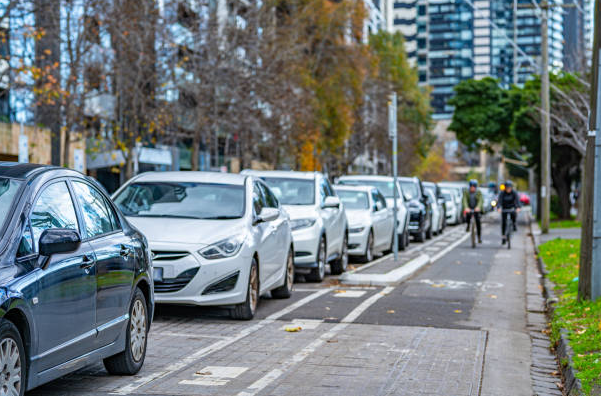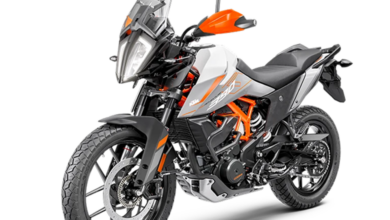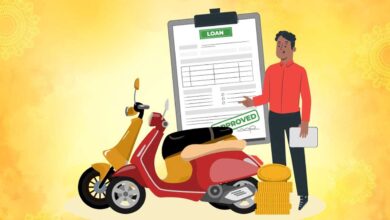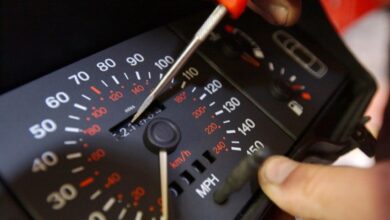You’ve snagged a prime parking spot downtown, but it’s parallel. The prospect of squeezing a vehicle into a tight space between two others can be daunting, but it can be mastered effortlessly with practice and the right techniques. Explore the comprehensive parallel parking tips to help you easily navigate this tricky maneuver.
Understanding parallel parking
Parallel parking involves parking a vehicle parallel to the curb between two parked cars. This skill maneuver is crucial for drivers, especially in urban areas with limited parking space.
Many drivers find parallel parking challenging due to tight spaces, oncoming traffic, and the fear of hitting other cars. Overcoming these challenges requires skill, confidence, and proper knowledge to parallel park, which driving schools like The Next Street can provide.
Essential parallel parking skills
To truly nail parallel parking, there are a few essential skills you’ll need to hone.
Understanding how to use your parking brake properly is crucial. It ensures your car stays put once you’ve completed the maneuver. Knowing when and how to turn your steering wheel is also crucial. It’s about timing and precision.
Moreover, possessing a general sense of defensive driving helps avoid any potential mishaps when you’re trying to park. Lastly, practice parallel parking techniques, such as knowing when to start turning, how much to turn, and when to straighten back up slowly.
Step-by-step parallel parking guide
Mastering the art of parallel parking involves following a specific set of steps:
- Identify a vehicle parked in a parallel parking space that’s at least one and a half times the length of your car.
- Align your rear bumper with the bumper of the vehicle or car you intend to park behind. Check your rearview mirror to ensure the road behind you is clear.
- Turn the wheel sharply towards the curb and slowly start reversing. When your car is at a 45-degree angle, move forward, straighten the wheel, and proceed with the reverse.
- Turn the wheel away from the curb to align your vehicle parallel with the front car.
Common parallel parking mistakes
While you might feel confident on a road test or in your parallel parking skills, it’s easy to make common mistakes that can lead to a failed driving test or, worse, a fender bender.
One mistake many drivers make is misjudging the size of parallel parking spaces. You might think the spot is big enough for your car, but you need about 1.5 times the length of your car to park safely.
Another error is aligning your rear bumper incorrectly with the other cars, causing you to come in at the wrong angle. A driving instructor would tell you to keep your eyes on the other drivers’ cars, not just your own.
Advanced parallel parking techniques
Mastering tricky maneuvers becomes essential, especially in crowded parking lots with a traffic lane elsewhere.
One key advanced parallel parking technique involves aligning your rear bumper with the other car’s rear bumper before starting.
Also, consider practicing the S-method, which involves moving the steering wheel sharply and slowly straightening it as you reverse.
Last words
Parallel parking is a skill that, once mastered, boosts your confidence and enhances your overall driving abilities. Remember, patience is your co-pilot, guiding you to perfect positioning. No longer will you circle the block, but instead, you’ll slide into the perfect spot with ease and grace.









